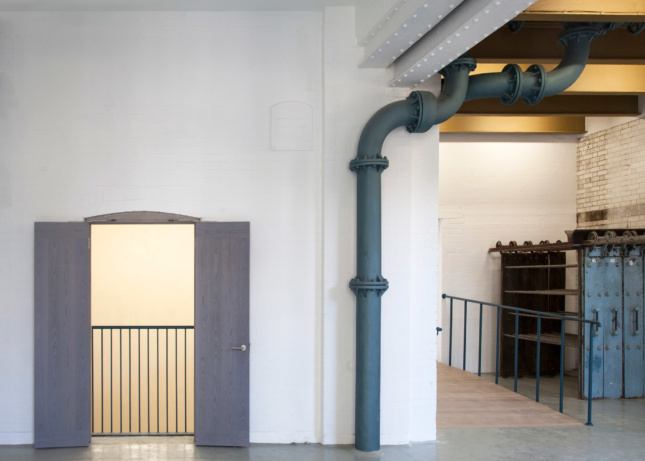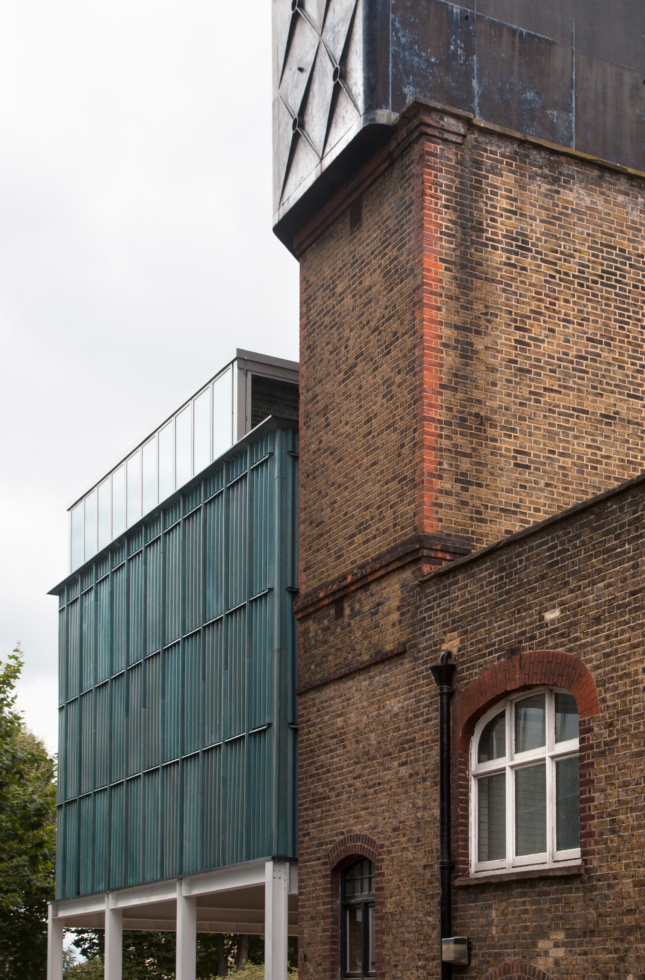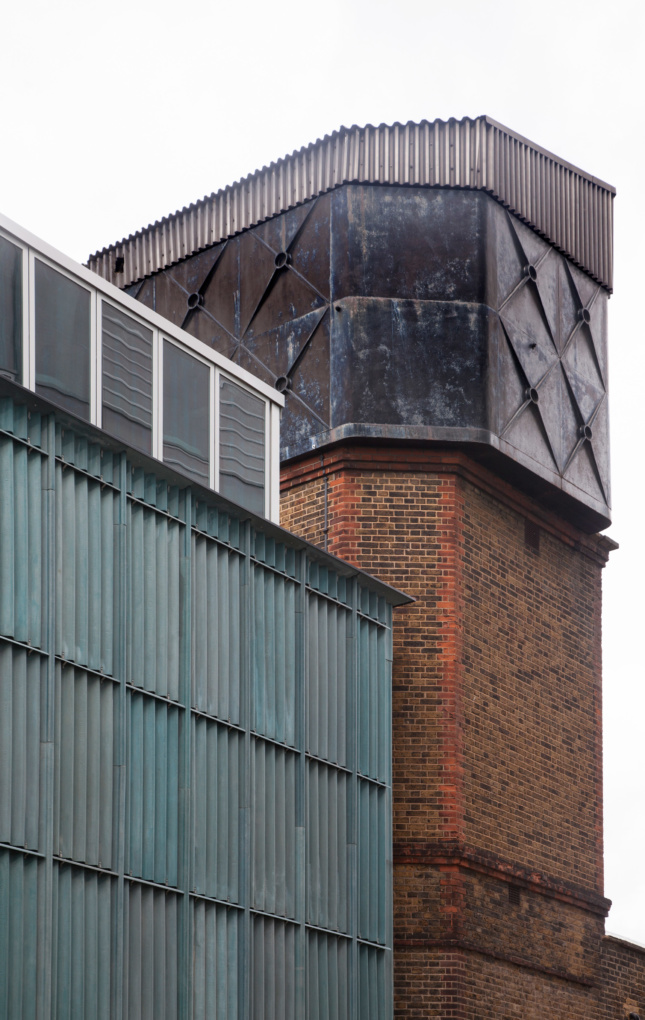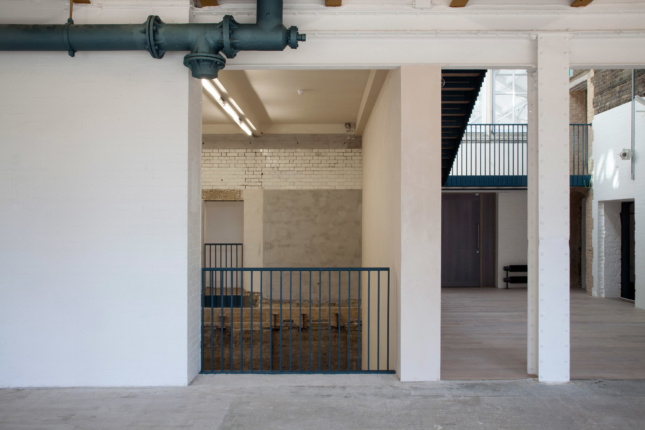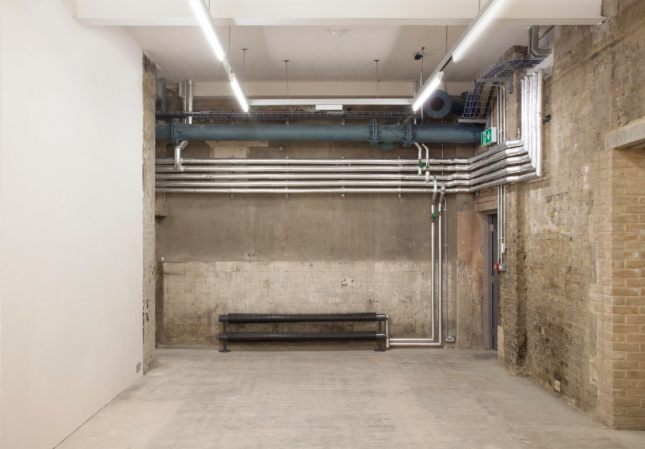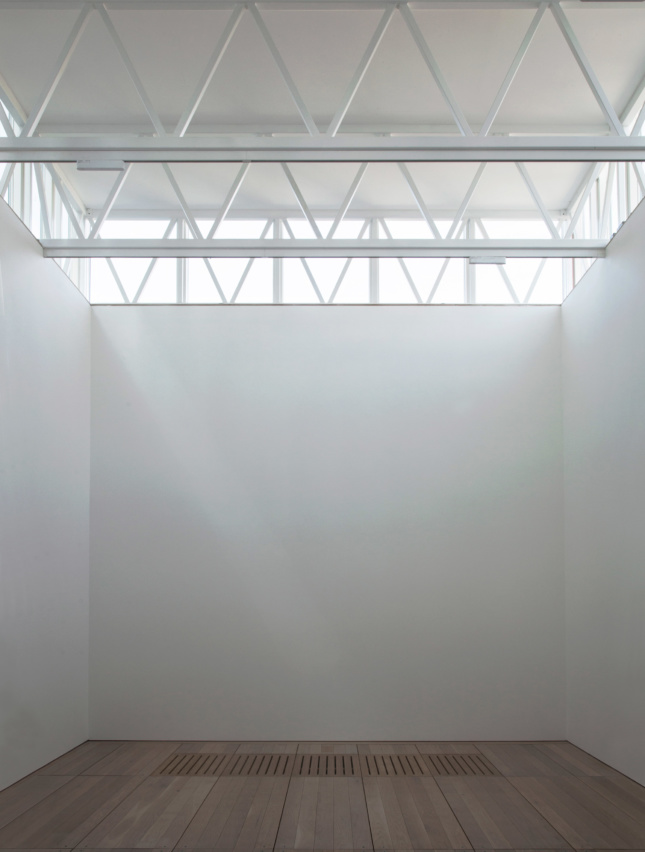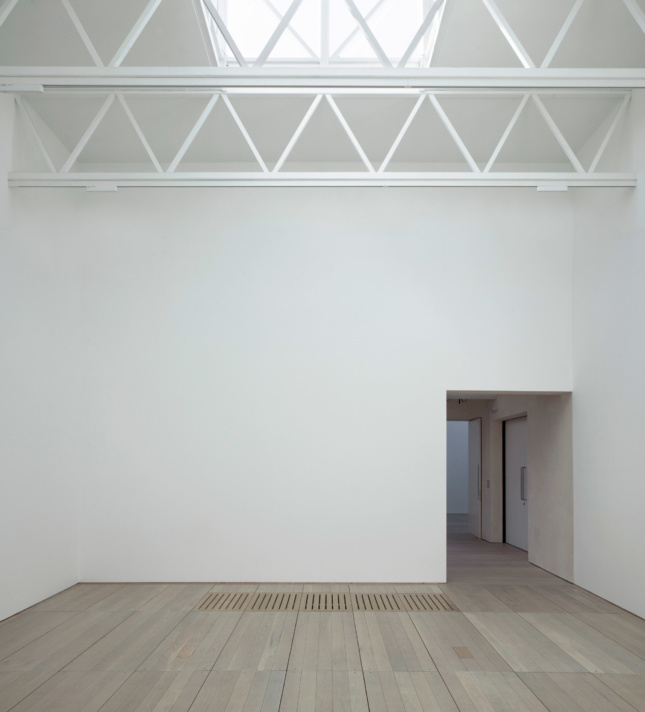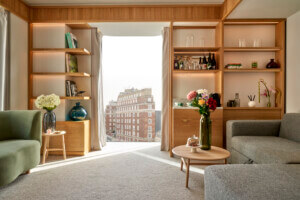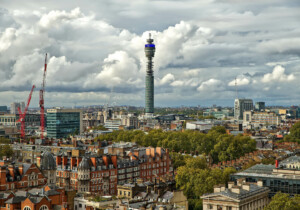Assemble Studio‘s most recent project is also its most ambitious to date in terms of size and permanence. The group has turned a former public bathhouse in New Cross, a south-east neighborhood of London, into an arts center for Goldsmiths, University of London. The Victorian brick and cast iron Laurie Grove Baths are now recast as the Goldsmiths Centre for Contemporary Art for a new kind of creative immersion.
When Assemble was awarded Britain’s most prestigious visual arts prize, the Turner, in 2015 it was a moment of celebration for the architecture scene, but also of confusion. Were the architects artists now, and their architecture, in effect, art? Or the other way around? Some saw it as a promotion of architectural work to the realm of fine art, other a demotion. Perhaps it was neither, and what it meant remains unsettled. At the time, the architecture collective had already won the competition to design a new Centre for Contemporary Art at Goldsmiths’ campus as a wild card entry. An art-architecture commission for the artist-architects.
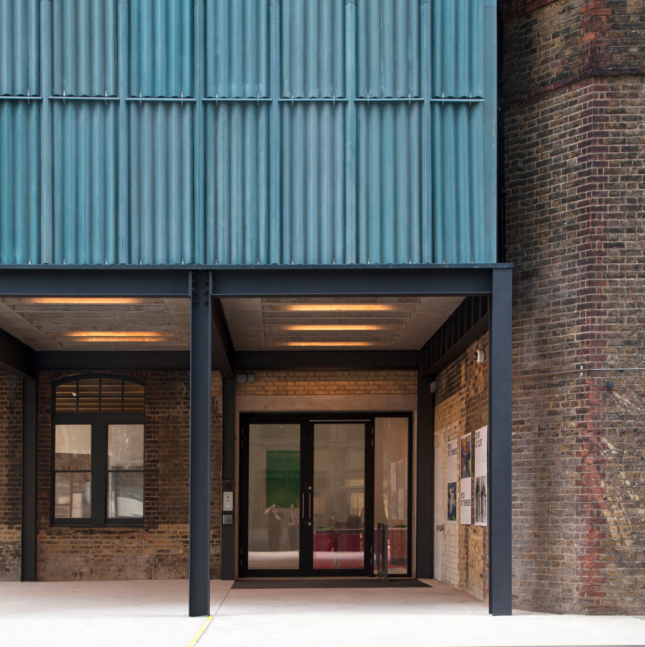
Assemble was commissioned for the project following an open architecture competition in 2014, and it has been realized with Paloma Strelitz and Adam Willis acting as lead architects, in collaboration with Alan Baxter Associates and Max Fordham Engineers. The 10,700 square foot building accommodates an event space and cafe alongside seven galleries that opened this fall.
In a sense, the building’s purpose further complicates things, and points toward the conventions we still lean toward in defining the roles of artists, architects, cultural institutions, and academia. A group of architects, attributed as great artists by the art world, commissioned to make architecture for art’s sake with affluent alumni artists as patrons. And at that, the building is on the front yard of one of today’s international strongholds in the realm of history and theory of art. Assemble has previously made a name for itself in producing design projects where a hands-on approach to design and a close relationship with the local community and the prospective users lays the groundwork. In this case, that end-user community is the art theorists next door. It is the London art world. It is the curators and the museum directors and the interns. It is the gallery-circuit weekend visitors; it is fellow architects; it is the Assemble fan base. It is us. That could be cause for concern, but it could also be a moment for introspection.
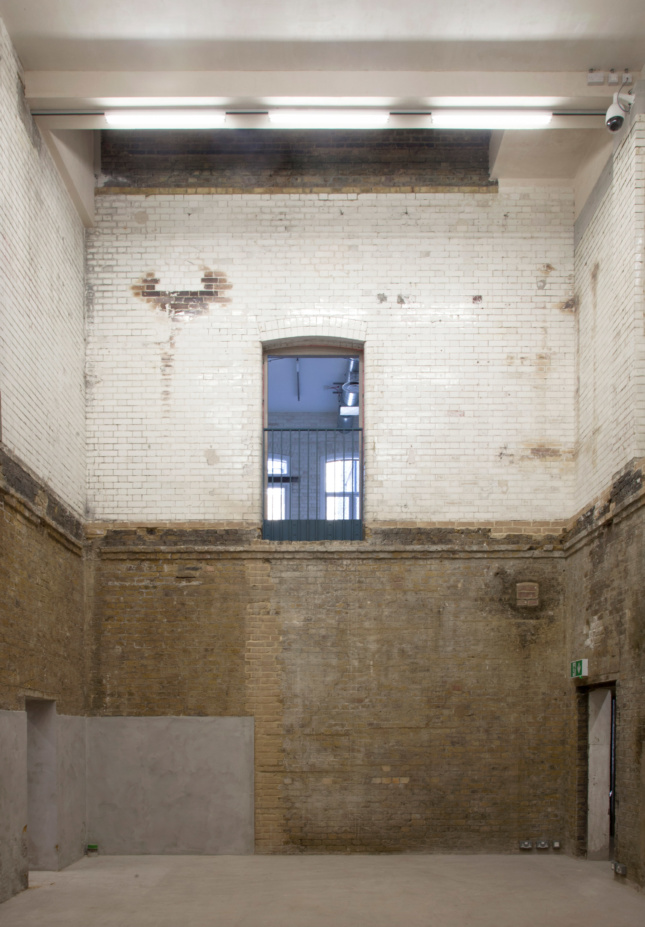
On the gallery’s second day open, a handful of visitors strolled around, peeking up and down through openings in the three-story atrium that has been carved into the building’s heart. Spiraling around it is an array of galleries, transitional spaces, nooks, and crannies that present a buffet of architectural flavors. It is a ruin and a temple, a cave and theater stage, a maze and a manor. It is a murky basement and an airy loft. It is a piece of industrial infrastructure and a quirky contemporary playhouse.
The baths have been respectfully added to and carefully taken care of. What once was a public building for the most private of uses, where grimy boilers and shiny tiles worked to unite water and naked skin, has now been brought to a new public for a new solitary-slash-social event: our encounter with art. Some things have been scrubbed away, other kinds of dirt preserved and exposed. It is generous, gentle, masterfully executed. Assemble’s CCA building is a well composed collage. And somehow it is also a monolith. It might sound confusing. It is not. It makes perfect sense, because something about it is eerie. The building is kind of good, extraordinary but also kind of ordinary. And it remains etched in your memory like a familiar face that you can not quite place.
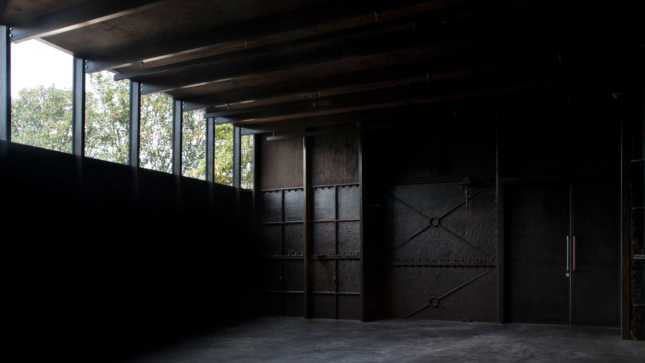
In one of the second-floor galleries, we find ourselves standing were only water once stood, inside a black iron box that used to be a cistern. A cut-away to one side now lets daylight in. For the opening exhibition, a work by Mika Rottenberg is on display. On the floor, a half-dozen frying pans are placed on electric stoves. Drops of water slowly rain from the ceiling, evaporating into a thin mist as they hit the hot pans. It is beautiful.
Maybe this is what architecture for architects is, today. The “now”. The nuanced material presence of local history, the palette of delicate metalwork dipped in graceful pastels, the robust but cute bespoke detailing. What if it is calculated to fit its purpose. What if this is what it is like to have someone design for your own community. Maybe this is what we have been craving. A machine attuned to serving us this relationship with art.






